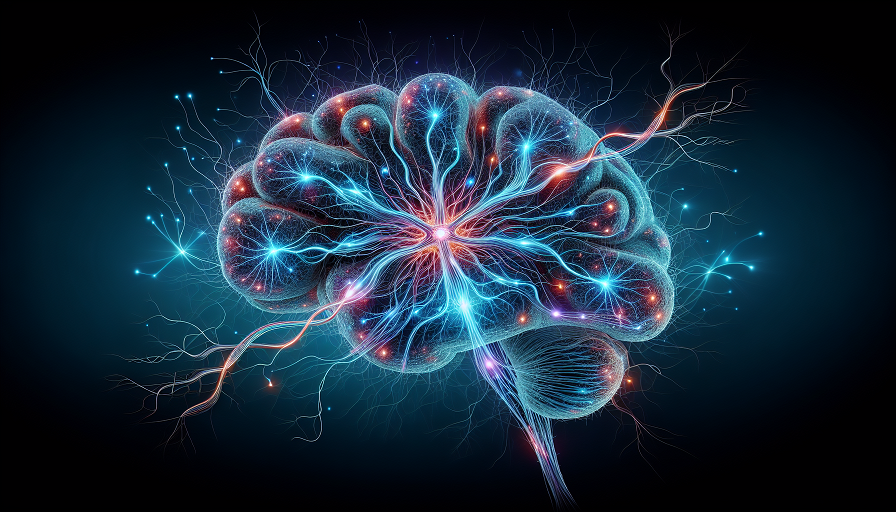
Have you ever felt like your brain was juggling too many thoughts at once? Mind maps are here to help. They’re like a GPS for your brain, organizing your ideas and giving you a clear path forward. Mind maps combine visual elements with structured thinking, unlocking creativity while enhancing your ability to organize complex information.
Contents
What Are Mind Maps?
A mind map is a visual representation of ideas connected by branches stemming from a central concept. It’s like a tree where the main idea forms the trunk, and related thoughts branch out, creating a web of interconnected information.
The Basics of Mind Mapping
At the center of a mind map is the main idea or topic. From there, related subtopics branch outward, often accompanied by images, colors, or keywords. For example, a mind map for planning a vacation might have “Trip” at the center, with branches for destinations, budgets, activities, and packing lists.
Why Mind Maps Work
Mind maps engage both hemispheres of the brain. The left hemisphere loves the logical structure of connected ideas, while the right hemisphere enjoys the creativity of visuals and colors. This combination boosts retention, understanding, and creative thinking.
Digital vs. Handwritten Mind Maps
Mind maps can be created digitally using tools like MindMeister or by hand with paper and markers. Digital tools offer convenience and easy editing, while handwritten maps provide a tactile connection that can enhance learning.
How Mind Maps Enhance Brain Organization
Mind maps are a powerful tool for organizing thoughts and ideas. They transform chaotic mental lists into clear, structured visuals that are easier to navigate and recall.
Breaking Down Complexity
Complex projects or problems can feel overwhelming, but a mind map breaks them into manageable parts. For example, a student preparing for exams might use a mind map to outline subjects, key topics, and revision strategies, making study sessions more efficient.
Improving Memory and Recall
The visual and spatial layout of a mind map helps your brain categorize and retrieve information. Studies show that students who use mind maps remember information more effectively than those who rely solely on linear notes.
Encouraging Logical Connections
Mind maps reveal relationships between ideas that might not be obvious in traditional outlines. For instance, a team brainstorming solutions for a project might discover unexpected connections between challenges and opportunities.
Boosting Creativity with Mind Maps
Creativity thrives when your mind is free to explore connections and generate new ideas. Mind maps create the perfect environment for this by encouraging open-ended thinking and playful exploration.
Sparking New Ideas
Mind maps are an ideal starting point for brainstorming sessions. Begin with a central idea and allow your thoughts to branch out freely. A writer brainstorming a novel, for example, might start with “Character” at the center and create branches for personality traits, backstory, and conflicts.
Overcoming Creative Blocks
When you’re stuck, mind maps can help you see the bigger picture or identify a new angle. For example, an artist struggling with a painting concept might use a mind map to explore themes, colors, and emotions.
Visualizing Goals and Dreams
Mind maps can help you clarify and visualize personal or professional goals. Create a map with “Life Goals” at the center and branch out to areas like career, health, relationships, and hobbies. Seeing your aspirations on paper can inspire actionable steps.
Applications of Mind Maps in Daily Life
Mind maps are versatile tools that can be applied to various aspects of life, from academics and work to personal growth and decision-making.
For Study and Learning
Students can use mind maps to outline essays, summarize books, or organize research. For instance, creating a mind map on “Photosynthesis” with branches for processes, inputs, and outputs can make studying more engaging and memorable.
In the Workplace
Professionals can use mind maps for project planning, meeting notes, or strategic brainstorming. A marketing team might use a mind map to plan a campaign, with branches for target audiences, messaging, and platforms.
Personal Development
Mind maps are great for tracking personal growth. Use them to map out habits you want to build, books you want to read, or skills you want to learn. For instance, a mind map for “Fitness Goals” might include branches for exercise routines, nutrition, and progress tracking.
Practical Steps to Create Effective Mind Maps
Creating a mind map doesn’t require artistic talent—just a willingness to explore your thoughts visually. Here’s a step-by-step guide to get started.
Start with a Central Idea
Choose a main topic and write it in the center of your page or digital canvas. Use a bold font or color to make it stand out. For example, if you’re planning a vacation, write “Vacation” in the center.
Add Branches for Subtopics
Draw lines extending from the central idea and label them with subtopics. For a vacation plan, branches might include “Destination,” “Budget,” and “Activities.”
Use Colors and Images
Incorporate colors, icons, or doodles to make your mind map visually engaging. For example, use a green branch for budgeting tips and a blue branch for travel destinations.
Keep It Simple
Avoid overcrowding your mind map. Focus on clear, concise keywords rather than full sentences. This makes it easier to scan and understand at a glance.
Real-Life Stories of Mind Mapping Success
The effectiveness of mind maps isn’t just theoretical—many people have experienced their transformative power firsthand.
The Student Who Mastered Exams
A high school student struggling with biology used mind maps to break down complex topics. By organizing information visually, they improved their understanding and aced their exams.
The Entrepreneur Who Streamlined Projects
A business owner used mind maps to plan product launches, track tasks, and brainstorm marketing strategies. The clarity provided by the maps saved time and improved team collaboration.
The Creative Who Found Inspiration
A songwriter used mind maps to explore lyrical themes and structure songs. By visualizing their ideas, they overcame creative blocks and completed an album faster than expected.

